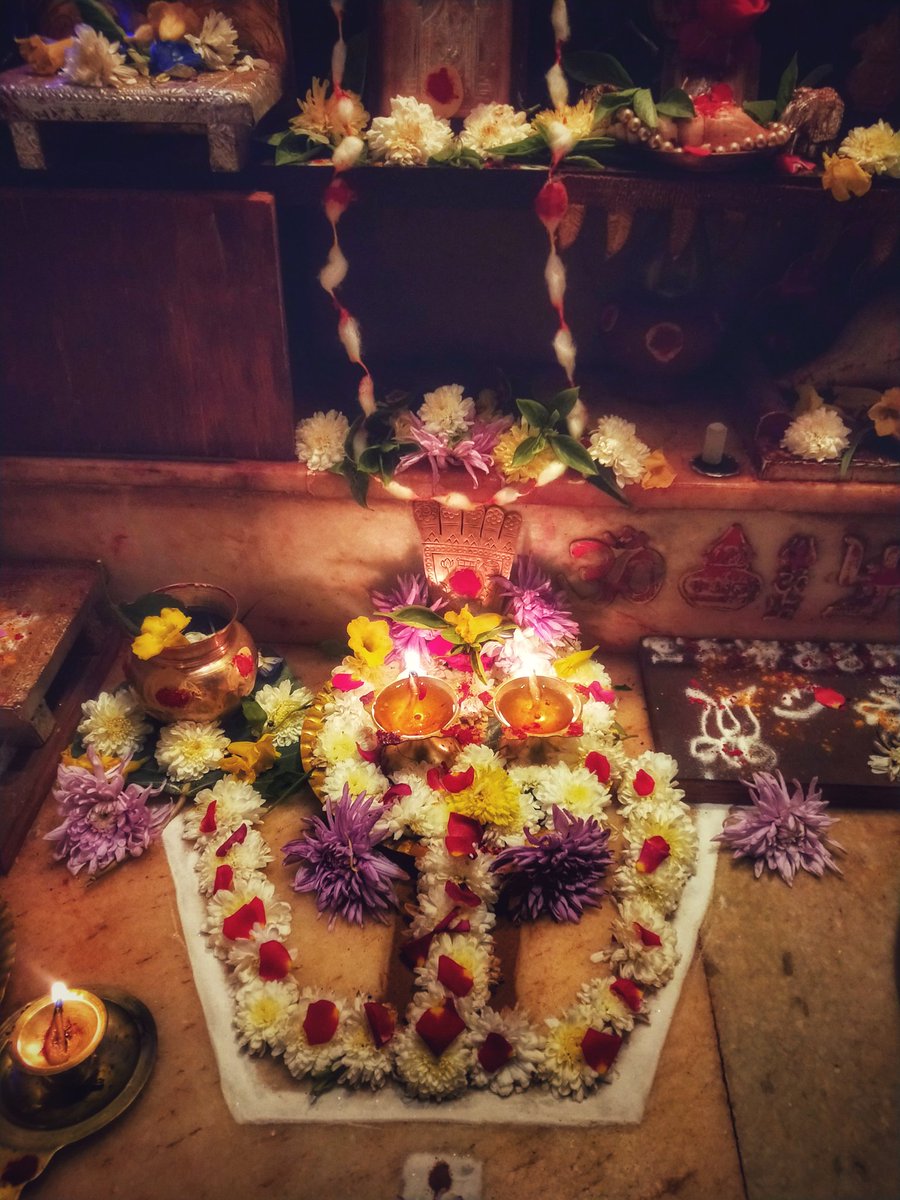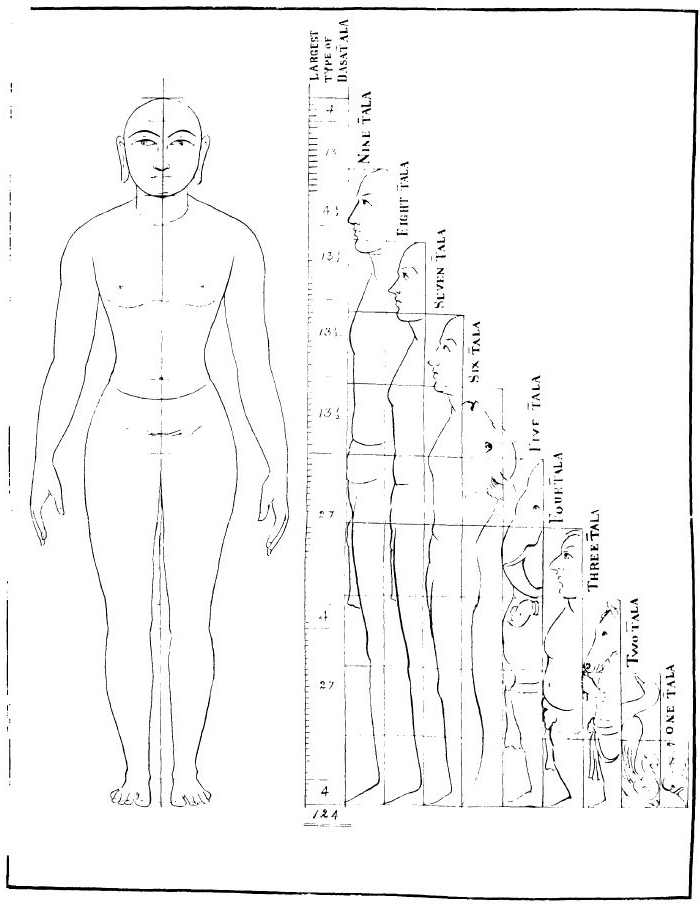
The Darkest Chapter of Indian History : The plunder of Vijayanagara.
ugra1515.blogspot.com/2020/01/hampi.…
Read & share.
ugra1515.blogspot.com/2020/01/hampi.…
Read & share.
Historian MH Rama Sharma's account of the plunder of Hampi.
"The arrival of the mussalman army on the 6th day(after Talikota war)
sealed the fate of Vijayanagar and its citizens. The gathering
gloom soon burst upon them in a storm by opening the flood
gates of hate and lust.(2)
"The arrival of the mussalman army on the 6th day(after Talikota war)
sealed the fate of Vijayanagar and its citizens. The gathering
gloom soon burst upon them in a storm by opening the flood
gates of hate and lust.(2)
No quarter was given and no pity shown.
Neither age nor position nor sex was excepted. Day after day
the slaughter of civilians went on unchecked till blood ran into
rivers. Then the victors turned to despoil the palaces and dese-
crate the pagodas(Temples) (3)
Neither age nor position nor sex was excepted. Day after day
the slaughter of civilians went on unchecked till blood ran into
rivers. Then the victors turned to despoil the palaces and dese-
crate the pagodas(Temples) (3)
With hammer and hatchet, they went from
place to place, knocking, breaking & smashing all works of art
& all objects of worship. The house of victory, the pillars of
Vithala temple, the limbs of Ugra Narasimha and the belly of Ganesha, all suffered from their pitiless hands (4)
place to place, knocking, breaking & smashing all works of art
& all objects of worship. The house of victory, the pillars of
Vithala temple, the limbs of Ugra Narasimha and the belly of Ganesha, all suffered from their pitiless hands (4)
Carvings and sculptures over which workmen had spent decades.
and kings their wealth were reduced to bits at the vandal's choice
and at his pleasure. After thus satisfying their vengeance in every
form and variety, they sat down to plunder the hidden treasures. (5)
and kings their wealth were reduced to bits at the vandal's choice
and at his pleasure. After thus satisfying their vengeance in every
form and variety, they sat down to plunder the hidden treasures. (5)
In this greed for gold, no place was too private, nothing too
sacred to them. Mansion and cottage suffered alike. Every
nook was searched and every corner ransacked. Maddened by
desire, they tore the roofs, demolished the walls and dug the
foundations of every edifice... (6)
sacred to them. Mansion and cottage suffered alike. Every
nook was searched and every corner ransacked. Maddened by
desire, they tore the roofs, demolished the walls and dug the
foundations of every edifice... (6)
.... house or cottage where any thing of value was suspected. Thus, month in and month out, for six
long months, they carried on their work of destruction, till they
laid Vijayanagar,—the city of victory, the city of plenty and the city of prosperity in ruins" /end
long months, they carried on their work of destruction, till they
laid Vijayanagar,—the city of victory, the city of plenty and the city of prosperity in ruins" /end
• • •
Missing some Tweet in this thread? You can try to
force a refresh








